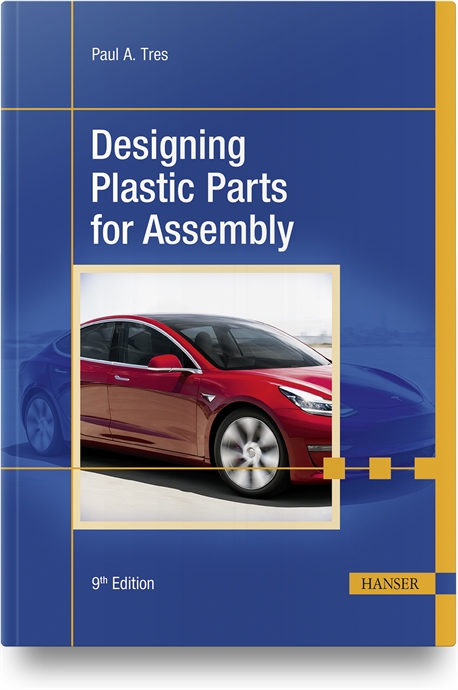
Canon’s new Virginia production facility will house two highly automated assembly lines for toner cartridges. Photo courtesy Canon Virginia Inc.
Canon announced plans to expand in Virginia on May 1, 2008. Exactly one year later, construction was complete. In addition to assembly lines, the vertically integrated facility includes plastic molding and metal fabrication operations. It can even make some of its own molds.
“When Canon wanted to build a new cartridge manufacturing facility, we looked globally, including Europe and Japan,” says Rhonda Bunn, manager of public relations and human resources for Canon Virginia Inc. “But, we wanted to build our products close to our market, so it made sense to put the facility here.”
The facility will have two assembly lines. One will be operational by the end of the year; the other will come on-line by the end of 2010. The lines will be equipped with Canon’s proprietary high-speed automated technology for cartridge assembly.
“The facility is highly automated,” says Bunn. “There are a lot of six-axis robots. [Automated guided vehicles] carry parts from the molding operation to the assembly area. We have 24 brand-new molding machines.”
The new facility is part of a larger manufacturing campus that has been in operation for more than 20 years. The campus covers 165 acres and includes nearly 1 million square feet of manufacturing, warehousing and office space. In addition to cartridge manufacturing, the campus has facilities for repairing and refurbishing printers, scanners, digital cameras and camcorders. Canon also provides contract manufacturing services to a variety of industries.
The new facility is actually the second expansion project that Canon has undertaken this year in Virginia. In January, the company added 70,000 square feet to a nearby subsidiary, Industrial Resource Technologies Inc., which recycles toner cartridges and related materials. With state assistance, Canon’s investment in its Virginia operations will exceed $640 million this year and create more than 1,000 new jobs by 2012.
Bunn says the new plant incorporates many lessons learned from Canon’s existing facilities. Lean manufacturing and green production methods are emphasized in the plant’s design. “We’re organized into cells, which were built with Creform materials so they can be taken down and rebuilt in a heartbeat,” says Bunn. “Nothing is bolted to the floor. It’s all very flexible.”
An important part of the expansion project’s success has been the ability to quickly hire and develop a highly skilled workforce. With the announcement to expand in 2008, partnerships were established between Canon Virginia and a network of workforce development resources throughout southeastern Virginia, including the Virginia Community College System, local schools and the Virginia Department of Business Assistance. Canon located a Workforce Development Center within a mile of its Virginia campus.
Community college faculty developed the curriculum for the center and teach the classes, which cover topics such as math, blueprint reading, electronics and programmable logic controllers. Hours spent on training can be applied toward an associate’s degree. More than 300 current and new employees have been trained at the center since it was established.
Editor’s note: With all the news of bailouts, layoffs and plant closings, it’s all too easy to think every manufacturer is stuck in the doldrums. In fact, there’s plenty of good news in manufacturing-if you take the time to look. “Moving Forward” is dedicated to new or expanding assembly plants. If you know a facility that’s opening, growing, investing in new equipment, or simply going great guns while everyone else is treading water, we’d like to hear about it. Send an e-mail to John Sprovieri, editor of ASSEMBLY, at sprovierij@bnpmedia.com, or call 630-694-4012.






